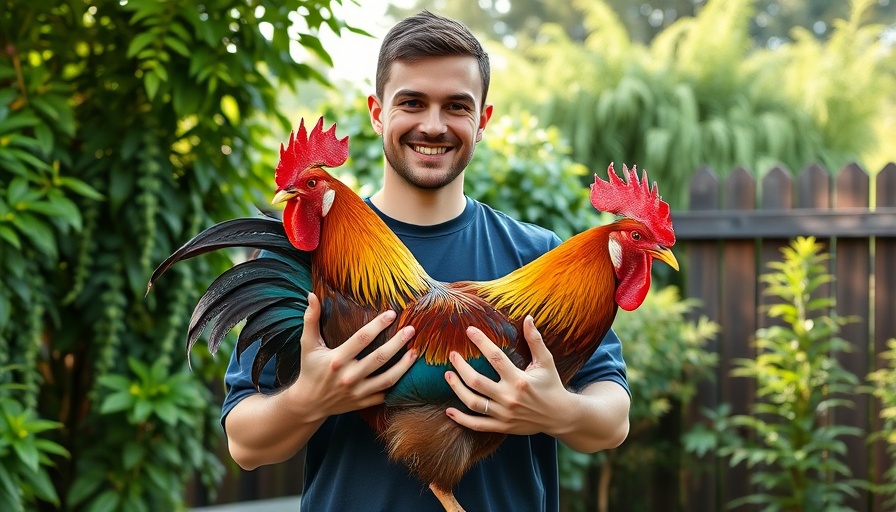
Understanding Chick Toe Injuries: A Common Concern
When bringing new chicks into your flock, injuries can sometimes occur, including damaged toes. These injuries can vary from minor abrasions to severe damage, as seen in a situation where a new chick presented with a dead toe. In such cases, prompt assessment and treatment are crucial to ensure the chick's overall health.
Assessing the Injury: What to Look For
When examining the chick, it's important to first evaluate the extent of the injury. Check for signs of infection, which may include swelling, redness, or discharge from the affected area. Additionally, assess the chick's ability to move and use the toe. Infection management may necessitate antibiotics or simple wound care depending on severity.
Treatment Options for Damaged Toes
For minor injuries, a clean, dry bandage might suffice. In contrast, significant injuries, specifically a dead toe, may require more intensive intervention. This could involve amputation if the damaged toe poses a health risk to the chick or affects its mobility severely. Always consult with a veterinarian when dealing with serious injuries to ensure appropriate care.
The Importance of Proper Care
Caring for a chick with a toe injury goes beyond mere treatment; it involves a broader understanding of their living conditions. Ensuring a clean, safe environment can prevent further injuries and infections. Regular health checks will also help in monitoring any developing issues early on.
Final Thoughts: Proactive Measures for Chick Health
As an avian veterinarian, I emphasize the importance of observing your chicks closely for any signs of distress or injury. Maintaining good hygiene, providing proper nutrition, and keeping a close watch can help prevent injuries from occurring in the first place. For the best outcomes, always consider professional veterinary advice for complicated cases.
 Add Row
Add Row  Add
Add 




Write A Comment